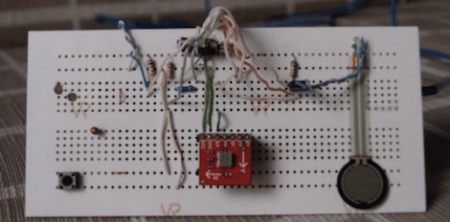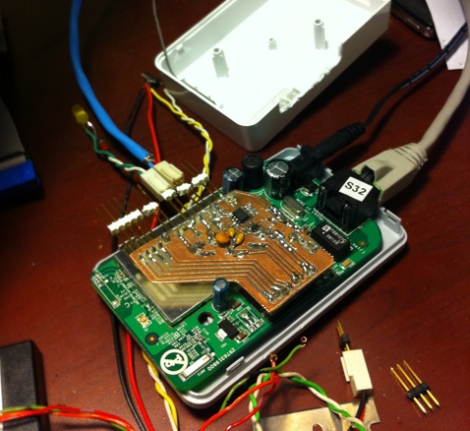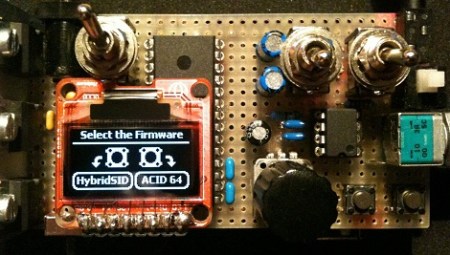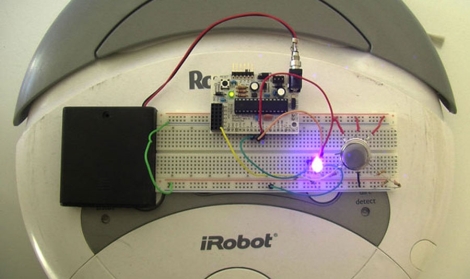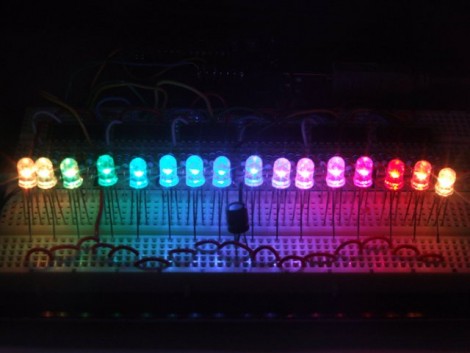
Feeling pretty good after putting together your brand new standing computer desk? Step aside please, [Kagen Schaefer] has something he’d like to show you.
His Pipe Organ Desk is undoubtedly one of the coolest pieces of furniture we have seen in a long time. The project took [Kagen] over three years to complete, which sounds about right once you see how much attention was put into every last detail.
This desk is amazing in several ways. First off, the entire desk was constructed solely from wood. The drawers, the supports, knobs, screws, and even the air valves – all wood. Secondly, when one of the desk’s drawers are pushed in, air is directed to the organ pipes at the front of the desk, which plays a note.
A small portion of the air is also directed into the desk’s pneumatic logic board, which keeps track of each note that has been played. When someone manages to play the correct tune, a secret compartment is unlocked. The pneumatic logic board is an unbelievable creation, consisting of well over 100 wooden screws which can be tuned to recognize any number of “secret tunes”.
Sure a well-placed axe can open the compartment too, but who would destroy such a fine piece of work?
[via Make]

